
Tesla white vs Black Interior
The choice between a white and black interior in a Tesla vehicle ultimately comes down to personal preference. Both options have their pros and cons.A

The choice between a white and black interior in a Tesla vehicle ultimately comes down to personal preference. Both options have their pros and cons.A
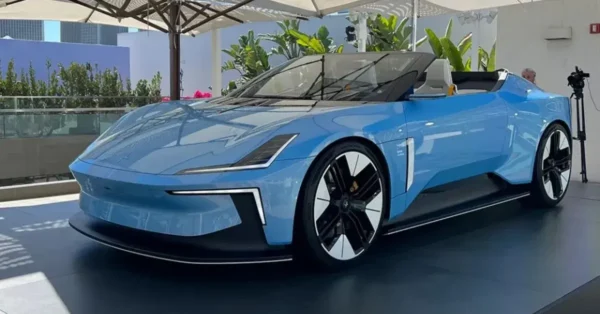
Electric convertible cars are a type of vehicle that allows you to drive with or without a roof. It has a retracted top and a

“A battery-powered vehicle having a fire incident is newsworthy. A gasoline-powered vehicle having a fire is newsworthy only if it stops traffic,“ Said one of

Introduction Regarding remote car management and monitoring, Tesla owners can only do with the Tesla app. There are, however, situations in which the Tesla app is not
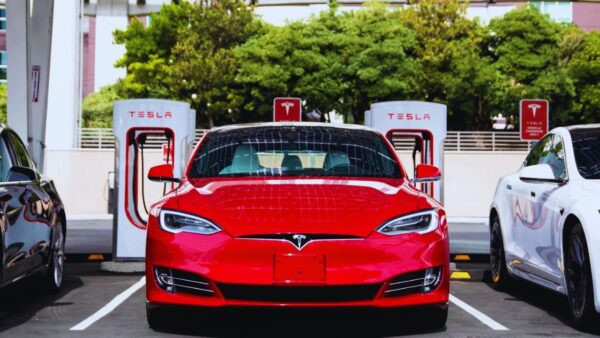
Tesla offers a battery warranty for their electric vehicles (EVs) that covers defects and performance degradation. Here is a comprehensive article on the Tesla battery
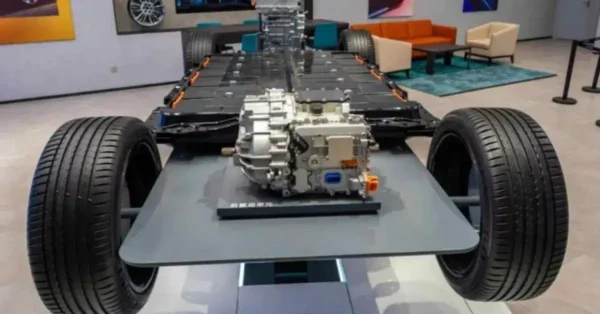
Tesla Model S Battery Replacement Cost It may be between $12,000-$15,000. Before we plunge deep into clean electricity, let’s break down what goes into an electric
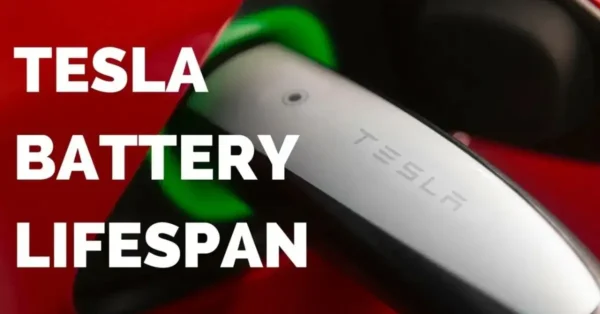
Tesla EVs are best known for their impressive range and longevity of batteries. However, the exact lifespan of a Tesla battery is hard to predict.
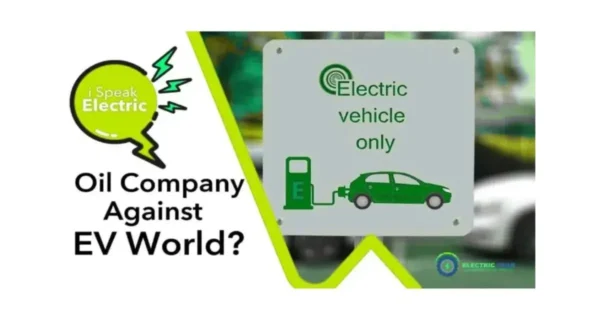
Oil is something unknown to electric vehicles. Since they do not have engines and transmissions, using oil in them is impossible. However, they are still familiar

The world’s future is electric, and governments worldwide are leaving no stone unturned in formulating policies to decarbonize the climate through their efforts to go green.